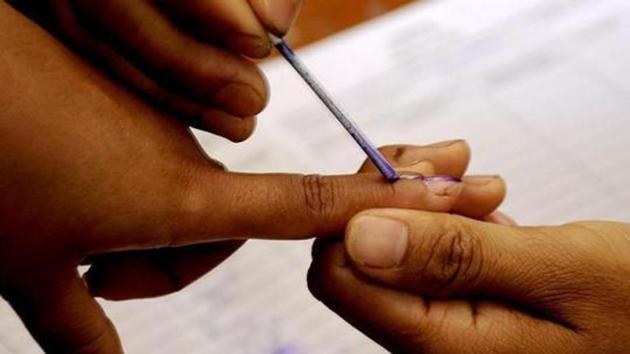Lok Sabha elections 2019: Why caste numbers can mislead poll predictions
One of the hazards associated with using socioreligious population figures to predict electoral outcomes is their variation, both in numbers and other attributes, across the country.
That caste and religious background play an important role in voting behaviour in India is beyond doubt. This often leads commentators to predict election outcomes based on social demographics. All such endeavours face two serious constraints in India.

One, there is no comprehensive database for caste demographics in India. The 2011 Census gives the share of the Scheduled Caste (SC) and Scheduled Tribe (ST) population. This accounts for 25% of India’s total population of 1.21 billion. To be sure, other sources such as the fourth National Family Health Survey (NFHS), which was conducted in 2015-16, do give survey-based estimates of population of Other Backward Classes (OBC) and persons other than SC-ST-OBCs. Even these estimates, though, do not give sub-caste (jati) wise break-up of population.
The other hazard associated with using socioreligious population figures to predict electoral outcomes is their variation, both in numbers and other attributes, across the country. For example, while SCs have 17% share in India’s population, the number is as high as 32% in Punjab and as low as a mere 2% in Goa. 
Even within states, these numbers vary significantly. For instance, even as Jammu and Kashmir is the only Muslim majority state, five of its 22 districts have less than 20% Muslim population. The share is the lowest in Samba district of the Jammu region — just 7%.
On the contrary, Uttar Pradesh has 19% Muslim population, which may make the Muslims be perceived as a less significant vote bank. But this figure hides behind it the fact that there is a significant Muslim population in some regions of the state. Eleven out of the 71 districts in Uttar Pradesh have more than 30% Muslim population. Among these, Muslims form a majority in Rampur district and are just three percentage points short of a majority in Moradabad district.
Similarly, Chhattisgarh has 31% ST population, which is more than any other state. But within Chhattisgarh, this figure ranges from just 12% in Janjgir Champa district to 80% in Bijapur district. 
The short point is that a specific group can have a disproportionate influence in a given region even if its state-wise population share is much lower.
The caveat is that there is no concrete evidence to suggest that voters from a particular socioreligious group vote as a single block. This seems logical as NFHS data shows significant regional variation in economic fortunes of people from similar social groups.
NFHS classifies households into five wealth categories — poorest, poorer, middle, richer and richest. In Bihar’s Siwan, Patna and Munger districts, more than 60% of the SC population falls in either the richer or the richest category. On the other hand, almost no one in the SC population in Madhepura, Saharsa and Sitamarhi districts falls in this category. It is entirely plausible that difference in material conditions can affect voting behaviour of similar social groups even within a state.
These riders notwithstanding, NFHS data can help us identify areas where a particular social group might wield disproportionate influence on political outcomes. Some of the regions which stand out are OBC strongholds in Bihar, Scheduled Caste pockets in Punjab, tribal regions in Chhattisgarh and Odisha, and Muslim pockets in West Bengal, Kerala, Assam and Uttar Pradesh.






